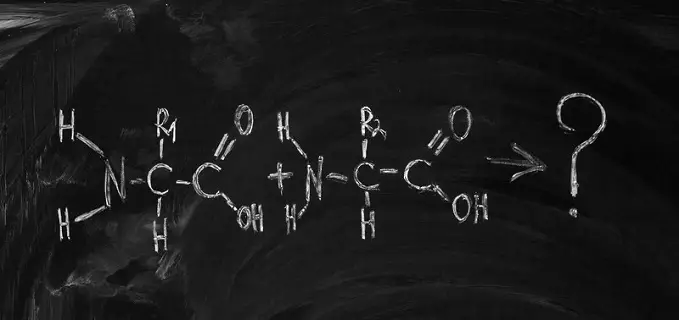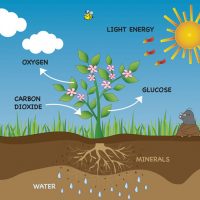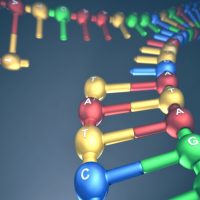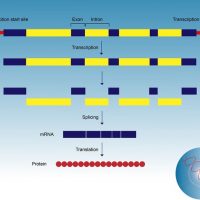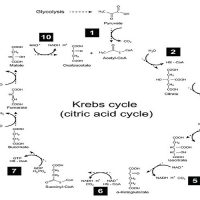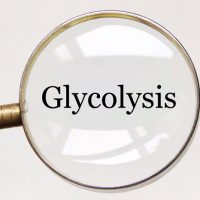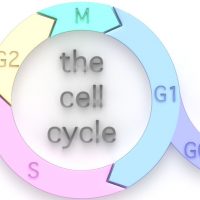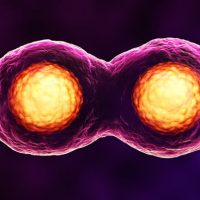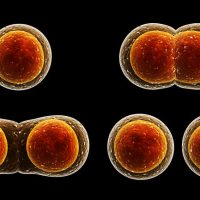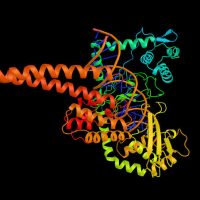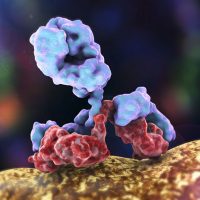How many amino acids are there and what are essential and non-essential amino acids? These questions are answered below.
What are amino acids?
Proteins are the most diverse molecules in living organisms, used for structural support, storage, transport, signalling, cell response, movement defense, and catalysis of reactions.
They are made of long strings of small molecules called amino acids. Chemically, amino acids contain an amine group (-NH2), a central carbon with an “R” group or side chain attached, and a carboxyl group (-COOH).
Each amino acid has a different “R” group, ranging in size from one atom to eighteen. These side chains give the amino acids their chemical nature and allow us to classify each amino acid as polar, non-polar, charged acidic, or charged basic.
The side chains interact with each other to cause bonding and folding within the protein molecule, giving it a three-dimensional shape. This shape determines the function of the protein.
Amino acids are long strings of small molecules that make up proteins
How many amino acids are there?
There are roughly 500 known amino acids, but DNA only codes for 20 of these. They are referred to as the “standard” amino acids and are used for building proteins.
There are 20 amino acids in the human body’s proteins.
Nine of these cannot be synthesized by humans and must be consumed as part of a daily diet – these are called “essential” amino acids.
Essential amino acids are those which cannot be synthesized by the human body. There are nine of them.
The essential amino acids
These are the nine essential amino acids:
- Histidine
- Isoleucine
- Leucine
- Lysine
- Methionine
- Phenylalanine
- Threonine
- Tryptophan
- Valine
The other eleven are easily manufactured in the body, either from existing amino acids or from other molecules found in metabolism and are known as “non-essential” amino acids.
Non-essential amino acids are those which can be manufactured in the human body. There are eleven of them.
The non-essential amino acids
These are the eleven non-essential amino acids:
- Alanine
- Arginine
- Asparagine
- Aspartic acid
- Cysteine
- Glutamic acid
- Glutamine
- Glycine
- Proline
- Serine
- Tyrosine

